Anapanasati | Part 1. The Evolution of Consciousness
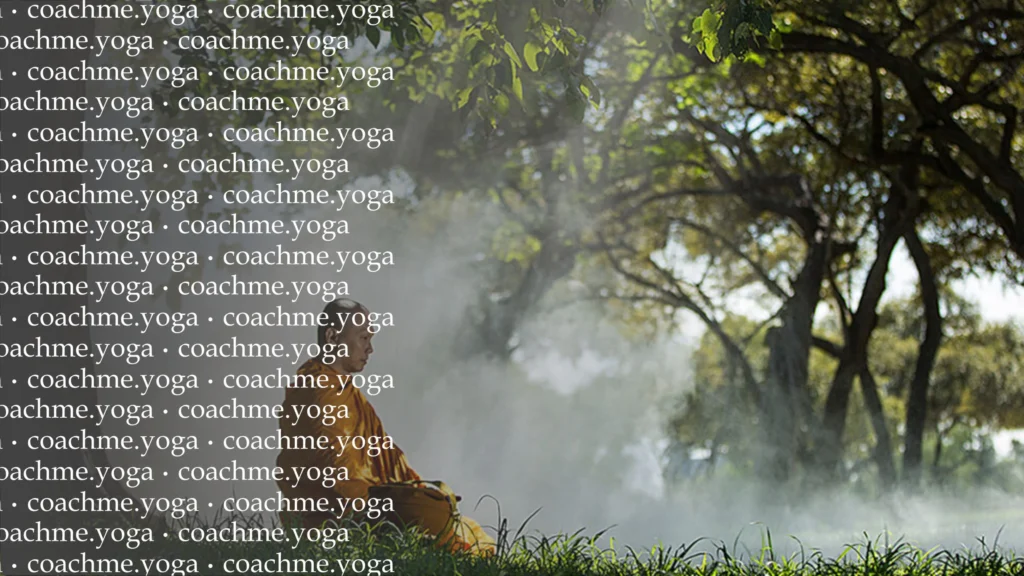
Perhaps one of the best known and most popular internal yoga techniques today is the practice of Anapanasati or Apanasati (both are found in modern literature). This technique has its origins in the Buddhist tradition and it is believed that Shakyamuni Buddha himself gave it to his followers 2,500 years ago as an effective tool for working with the mind. Since then, adepts of various yoga and self-development movements have adopted it as one of the basic exercises. In the modern West, it has found application as a therapeutic method for calming the mind, getting rid of stress and depression, as well as increasing concentration. In the USA, for example, this practice is often used by police officers, stock traders or other stressful professions that require a high level of attention to their tasks.
The word “anapanasati” means conscious breathing (Pali). By “ana” is meant the entrance of prana (vital energy) into the body when inhaling, and by “apana” its exit when exhaling. These two words formed the basis of the name of this practice – anapana, that is, the movement of prana during breathing. In yoga it is believed that the one who consciously controls the movement of prana controls the work of his consciousness, and consequently his life and it is really true. Have you ever noticed that breathing is directly related to the workings of our consciousness? When we are calm, our breathing is also calm, but when the mind wanders and emotions are “over the edge”, the breathing is frequent and confused. In the same way this mechanism works in the opposite direction – if during stormy experiences you try to consciously balance your breathing, you will feel that your emotions begin to subside, and if you turn your attention to the breath itself, you will soon realize that there is no trace of the storm that just arose. In general, this is the essence of meditative practice Anapanasati. It is necessary to be secluded in a quiet place, sit down with crossed legs and turn all your attention to the breath, concentrating it at the point under the nose, where the air moves during inhalation and exhalation.

“ At this, monks, a monk goes into a forest, under the crown of a tree, or in a deserted place, sits down cross-legged, keeps his body upright, and sets the remembrance near his mouth” (Anapanasati Sutta).
At first glance this seems to be a very easy task and therefore ineffective, but if you try to keep your attention on the point of concentration for at least 20 seconds, you will realize that it is very difficult, if not impossible. Your mind will constantly slip away – then falling into the past, then running into the non-existent future, and sometimes even plunging into illusory fantasies. There is nothing wrong with this – it is the nature of the mind. The problem is that an ordinary person who has no experience in meditation does not even realize it. It seems to him that he has complete control over his mind, his body and his state, but in fact the priorities are quite different. Already in the first 15 minutes of Anapanasati practice a person realizes that the mind lives its own life, and he his own, because his willful commands (to keep attention in one point) are simply not carried out.
Therefore, our primary task is to teach our own mind to do what we want it to do, i.e. to serve its master, however crude this may sound. Even if we do not take into account all the spiritual effects of this practice, imagine what harmony will come to our world when uncontrolled emotions, passionate and harmful desires will leave the people inhabiting this planet. Most likely wars, strife and irrational attitude towards nature will cease.
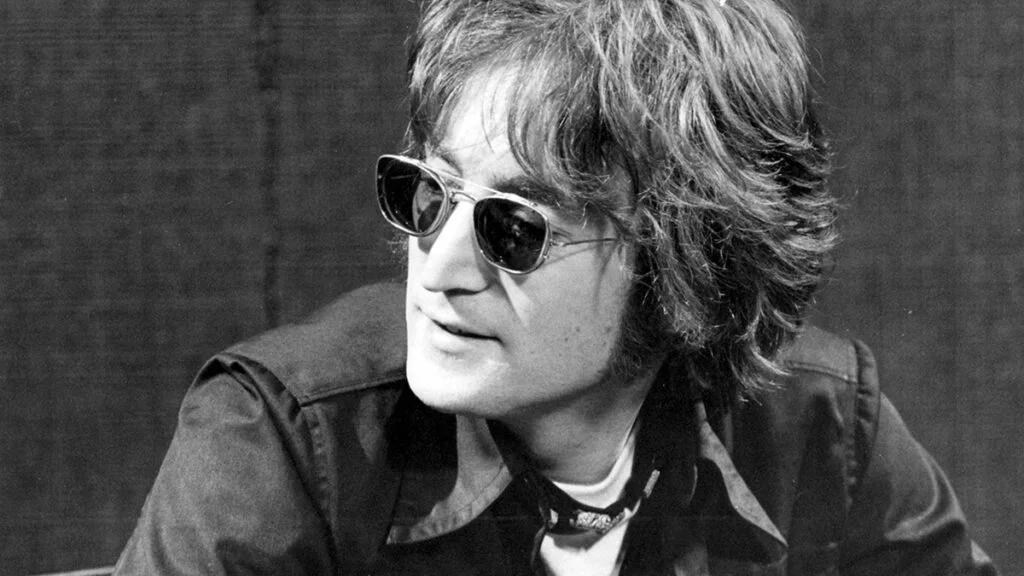
«Imagine all the people, Living life in peace». John Lennon
However, let’s still consider the full version of the effects to which this seemingly simple technique can lead. So, the logic of personal evolution in mastering Anapanasati consists of 16 steps. These 16 steps are divided into 4 parts (tetrads), each of which corresponds to one of the four objects of study.
The first object of study is the body (kaya). At this stage the practitioner has to study his breath from various aspects. As it was said above – the breath regulates the movement of prana. Prana is the life force that forms the pranic (or energy) body. According to the yogic concept of human structure, our physical body is merely the material equivalent of the pranic body. Any physical ailments originate from the energetic level. If you have something painful, it means that there are disorders of prana movement in the pranic body (for example, there are stagnations, clamps or blockages in the energy channels or in the chakras). If these disturbances are eliminated, then physical problems will also be eliminated by themselves. Accordingly, at first, with the help of close study of breathing we study and form a correct, healthy pranic body. Having balanced the pranic body (it is also called the “Breathing body”) we get a healthy, calm and properly toned physical body, which is able to cope well with its tasks (including faithfully serving us for spiritual growth). Harmony in the pranic and physical body gives peace of mind. Then the practitioner is ready to move on.
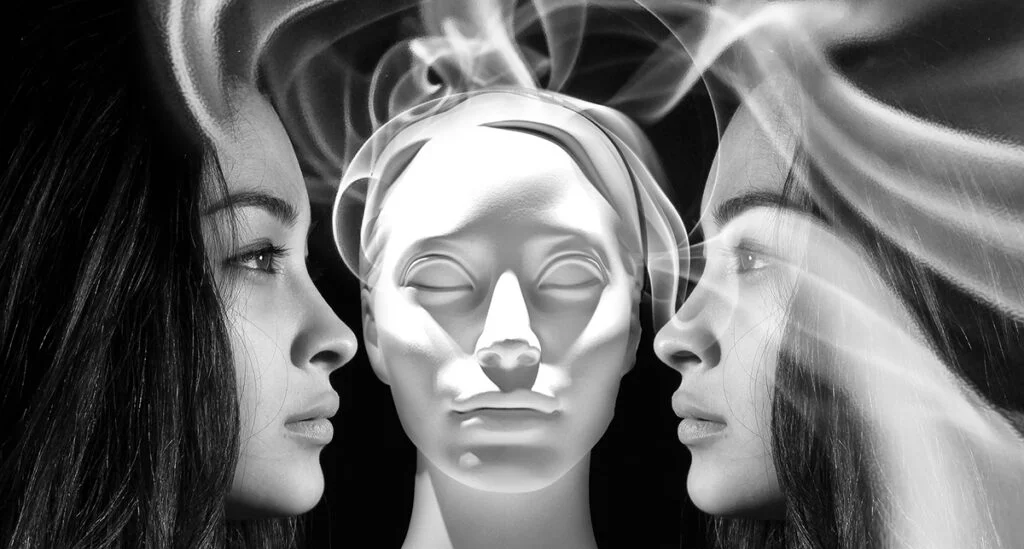
The second object of study is our senses (this stage is called vedanananupassana). It is important for us to learn to understand the nature of the existence of feelings within us, especially the low and poisonous states. In Buddhism these feelings are called “evil Maras”, in Christianity it is more likely to be demons, tempters. These feelings are based on evil, which brings suffering to us and those around us. The average person is a slave to these feelings. Passions and unbridled desires, they motivate us to destructive actions, form thoughts and needs, agitating the mind. In fact, these feelings form the character of our mind, because under the onslaught of feelings we must constantly think, say and do something. As a result, this process goes on completely uncontrolled, that is, without our participation. However, besides these gross feelings that bring us problems, there are also very subtle feelings that give us pleasure. At this stage of practice our task is to realize the existence of the whole range of feelings, to understand their mechanism of influence on the mind and to take control of them.
The third object of study is our mind (this stage is called chittanupassana). Here the practitioner gets to the heart of the matter – the logic of the operation of the computer, which has so far controlled our avatar (i.e. body) quite independently. The final task of this stage is to master control over the functioning of the mind. The mind must eventually become obedient and follow the path we need it to follow. It must diligently follow all the commands we give it. In this particular practice – unidirectionally follow the object of observation, i.e. the breath. You give him a command and he follows it. Nothing more is required of him, all other progress will happen by itself.
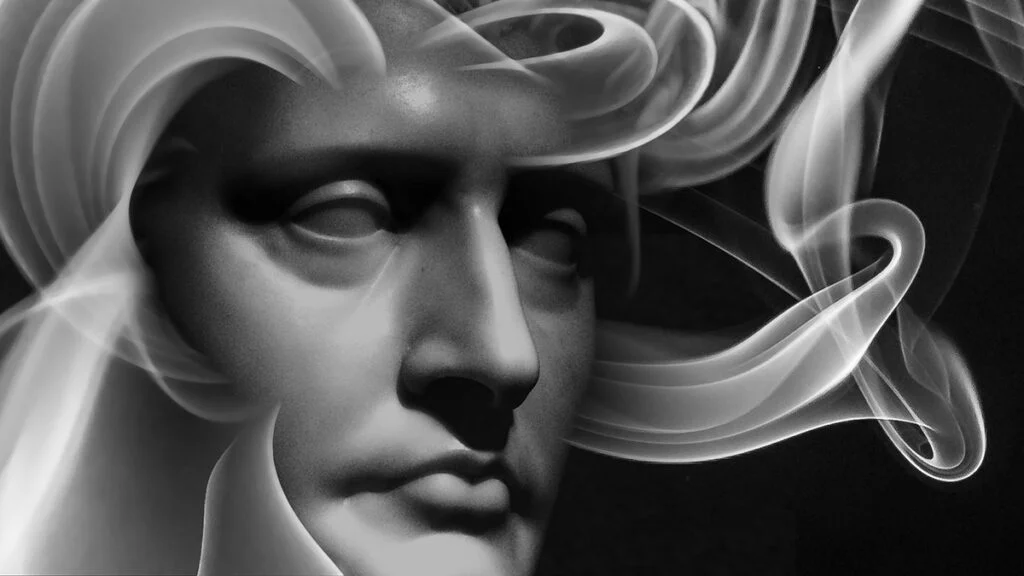
In the final stage of Anapanasati development (called Dhammanupassana), the object of study is the various characteristics of the mind. Here the practitioner must cognize all those things that are currently enslaving him. One must learn the truth about those attachments that may be influencing the freedom of his personality. This study develops until the practitioner becomes completely free.
These four stages of development in practice lead to the attainment of the seven “factors of Realization”. This happens in the following way:
- By learning to track one’s body (pranic and physical), the practitioner calms the mind and increases concentration (the first factor of Comprehension);
- Once established in concentration, the ability to discern mental qualities (the second factor) emerges;
- Studying mental qualities builds perseverance (third factor), which leads to unearthly delight (fourth factor);
- One who is filled with delight has a calmed body and mind, which promotes relaxation (fifth factor);
- One who is relaxed, whose body is calm, has a concentrated mind, and when the mind is concentrated, “collectedness of mind” (the sixth factor, samādhi) arises;
- He attentively observes the mind thus collected. And when he attentively observes the mind thus collected, he develops “serene observation”-the seventh factor of realization (upekkhā). He develops this factor, and through development this factor attains complete perfection.
The development of the seven factors of Realization (study of the body, discernment of mental qualities, perseverance, delight, relaxation, collected mind, and serene observation), leads to clear knowledge and liberation.
Thus, with the “simple” observation of the breath, a person can, at a minimum, take control of his life, and at a maximum achieve liberation from the suffering caused by the destructive functioning of the mind.
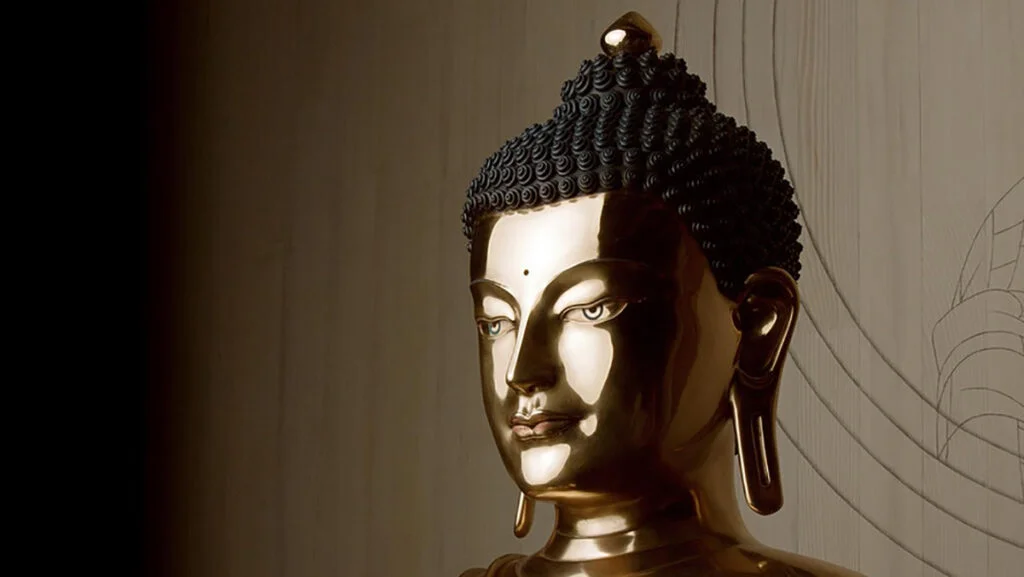
“Mindfulness of the breath, when developed and practiced constantly, yields splendid results, splendid benefits.” Shakyamuni Buddha
Sources used:
- Anapanasati Sutta – Remembrance of the Breath
- Website [http://theravada.ru/Teaching/Books/Anapanasati/anapanasati-09b-naumenko.htm]

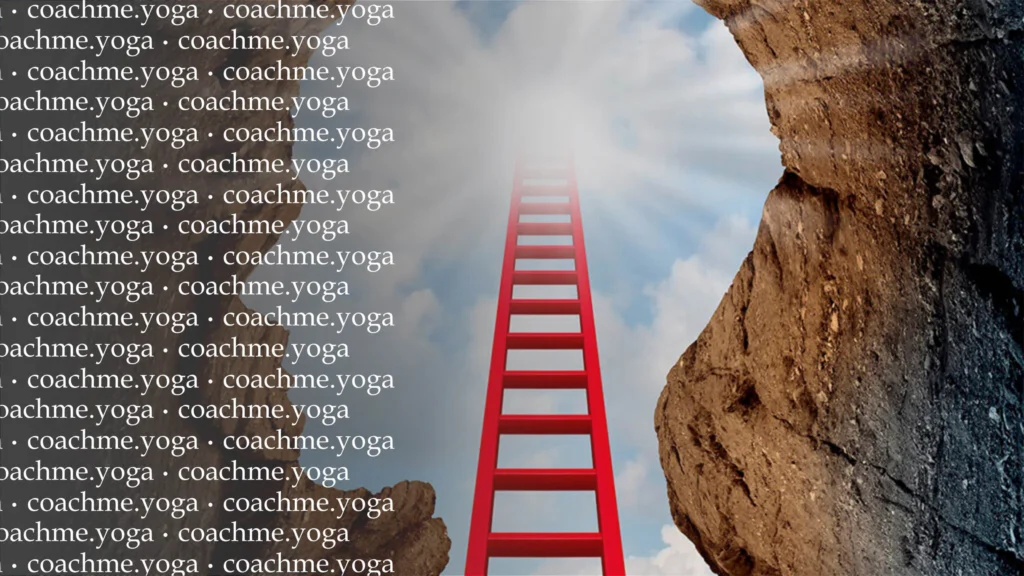

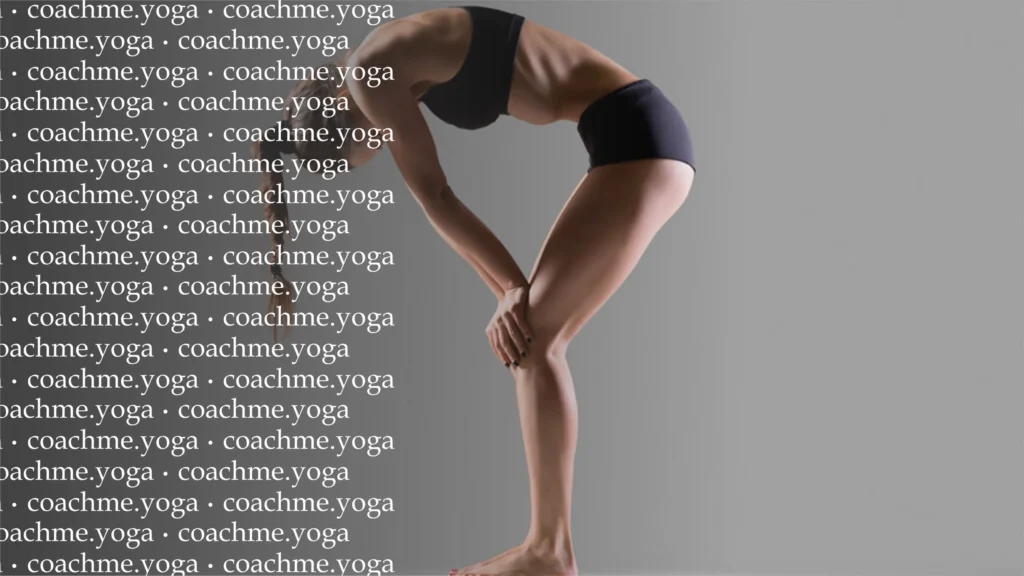
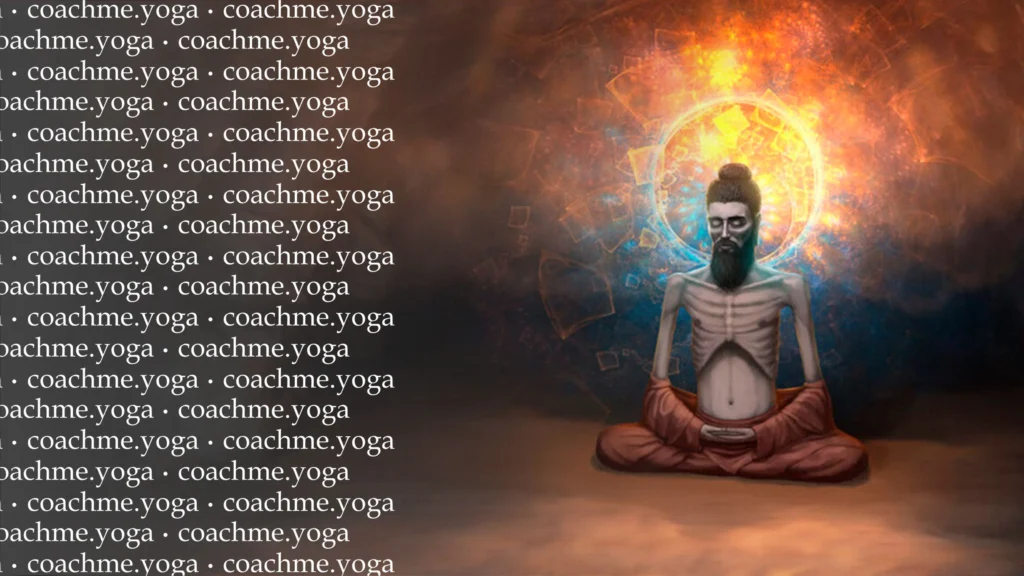

Responses